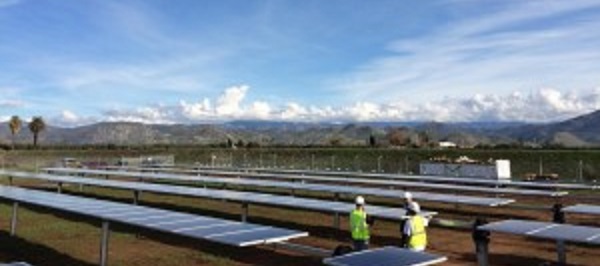In January, we wrote about how state-level battles over net metering and rate design will push the industry closer to self-consumption. Moreover, challenges to PURPA are encouraging some utility-scale solar developers to finance their deals through wholesale power contracts.
Meanwhile, GTM Research estimates that more than half of all utility-scale solar – more than 6GW – will come on-line outside of state renewable portfolio standards (RPS).
In other words, the solar development landscape is shifting. Are you ready?
1. Self-consumption
The trend toward self-consumption can be illustrated by two of the nation’s solar leaders: New Jersey and California. New Jersey has rebooted its energy storage incentive. Though the deadline for open enrollment has passed, a competitive solicitation will take place later this year. In California, the Self-Generation Incentive Program (SGIP) will be increasingly important as the value of electrons exported to the grid is lowered slightly in light of changes to rate design.
Then of course, we saw Hawaii slash their net metering, making it financially feasible go off-grid with help from storage. Con Edison in New York is also offering a storage incentive that is closely aligned with “resiliency” more than it is for ancillary grid services.
2. Wholesale projects
We are already seeing much activity with wholesale projects. Typically, these projects range from 5-10MW+ in size with relatively low wholesale agreements. Many of the projects that we’ve seen are in the PJM Region or the Northeast and can benefit from strong Tier I renewable energy credit (REC) long-term strip pricing, as well as relatively stable spot market electricity pricing.
Still, given higher land and build costs, projects in the Northeast can be tough to sell wholesale. Moreover, wholesale projects can still be challenging to finance, as without contracted revenue, you can’t put debt on these projects.
Two solutions we’ve discussed internally is bidding these projects into a local incentive program, and then selling the tail (after system size in these programs is maxed out) into the wholesale market. Additionally, these projects can be paired with a synthetic or remote PPA. In certain situations, these PPAs can be shorter in contract length than a traditional behind-the-meter project (10-20 years).
Expect us to write a lot more about this topic in the future.
3. Renewable portfolio standards (RPS)
While utility-scale solar growth may take place outside of renewable portfolio standards, proposals for more aggressive RPS standards are popping up around the country (see: Hawaii, Maryland, D.C., California, Vermont, Oregon, and New Jersey).
However, it’s important to remember than an RPS on its own cannot encourage solar growth. An RPS can force the hand of the utilities to create programs that will help it meet these standards, but without an accompanying program, an RPS can be more of a sentiment rather than the sole driver of market growth.
Maryland, D.C., New Jersey, and Massachusetts have had successful renewable portfolio standards because they are accompanied by a solar carve-out, which created the SREC markets. California is the nation’s #1 solar market year-over-year not just because of their 50% RPS, but because of high electricity prices, favorable rate design, a strong legacy incentive program that jumpstarted their local industry, among several other factors. States like Oregon, which recently passed a 50% RPS, will not immediately jump to North Carolina status with an incentive program at $.005/kWh. Moreover, the 50% RPS does not need to be met with solar.













Comments